Teamwork or torture? Japan's gym class
Updated: 2016-05-14 07:46
(Agencies)
|
||||||||
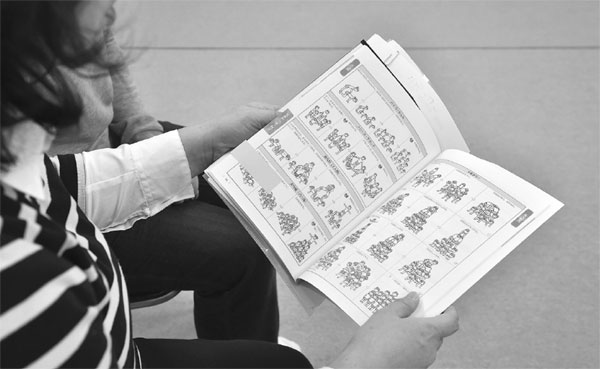 |
|
A mother of a female student at a Tokyo primary school displays a technical manual to guide the gymnastic formation during an interview in Tokyo. [Photo/ Agencies] |
Rushed in for emergency surgery to stop bleeding on the brain, doctors at Matsudo City Hospital said the child was lucky to be alive. Others have come in with spinal fractures, broken ribs, and shattered limbs.
Yet they are not young victims of violent crime in Japan, but children injured at school after taking part in kumitaiso (group gymnastics) class, an issue that has prompted angry parents and doctors to campaign for a ban, warning pushy teachers are putting children's lives at risk.
Across the nation, more than 8,000 kids annually require medical treatment after taking part in the discipline, which sees students work together to contort their bodies into human pyramids and towers, according to the latest figures from the Japan Sport Council.
The worst cases have resulted in brain damage, spinal injuries and internal bleeding, and on rare occasions, even death.
"If you get hurt when you can't assume a defensive position, you can get a serious injury even if the height (of the formation) is low," explains Tomohisa Shoko, head of emergency medical care at Matsudo City Hospital in Chiba, which has seen a stream of serious kumitaiso-related cases in the past three years.
"Some children have broken ribs and breastbones - those are rarely seen injuries even in other sports," he adds, explaining how one sixth grader needed brain surgery after falling on his head after taking part in the discipline.
Recently, he operated on a 15-year-old who had internal bleeding and a broken leg after attempting a human pyramid during sports practice. Shocked by the injuries he has seen, Shoko is now calling on educational establishments to ensure children are better protected. "A doctor alone cannot deal with safety issues," he says.
'Could have died'
Kumitaiso has been a mainstay of annual school sport festivals and is taught as part of the physical education curriculum to encourage teamwork and endurance.
But parents and lawmakers argue schools are increasingly putting competition before pupil welfare, claiming a desire to best rival schools by creating dramatic displays has turned tradition into a circus.
"There is a tendency to compete over the height of pyramids," says Ryo Uchida, professor of sociology of education at Nagoya University, noting a recent case of a six-tier pyramid at a kindergarten.
In September, six students were injured as they attempted a 10-tier human pyramid, which collapsed during a school sports festival in Yao in western Japan's Osaka prefecture.
The incident caused top-selling Yomiuri Shimbun daily to run an editorial warning: "People point out that it is the teachers who get a sense of achievement, but not children."
Some parents agree the desire to impress - particularly in the video-sharing age - is making teachers and coaches negligent over safety.
"If schools don't do their job, who takes responsibility?" asks the mother of one little girl, who was knocked unconscious after her classmates fell on top of her when the formation they were practising collapsed in 2014.

 Karst wonderland in Southwest China
Karst wonderland in Southwest China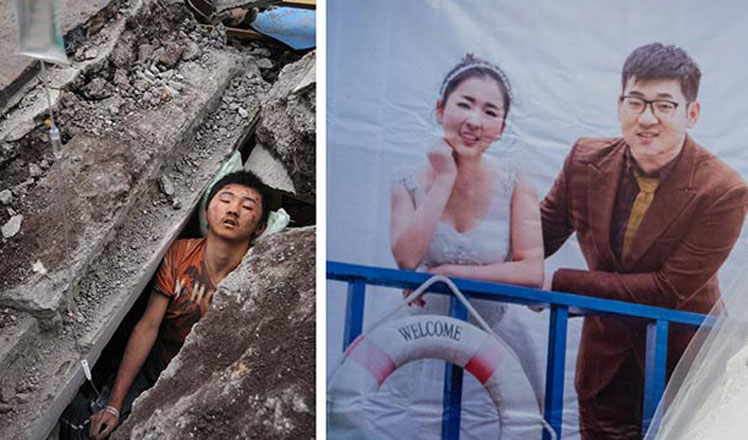
 Love on the rubble: wedding stories after deadly quake eight years ago
Love on the rubble: wedding stories after deadly quake eight years ago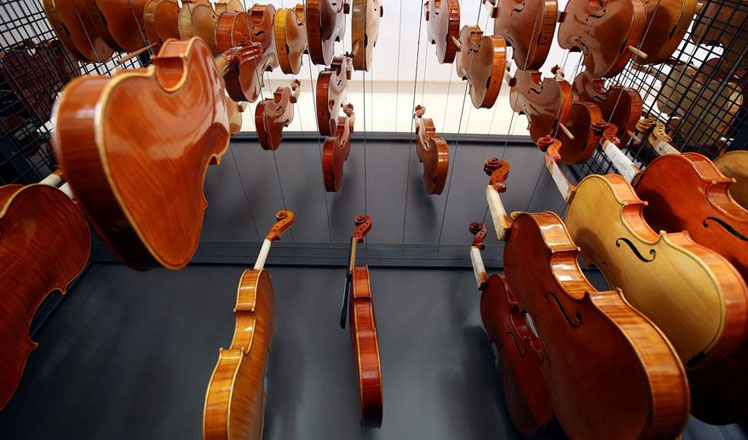
 Italy's violin-makers struggle to hit profitable note
Italy's violin-makers struggle to hit profitable note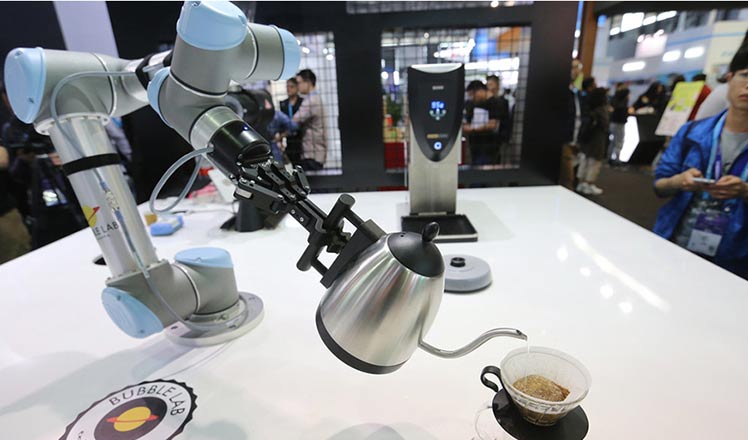
 High-tech gadgets shine at CES Asia in Shanghai
High-tech gadgets shine at CES Asia in Shanghai
 Cannes Film Festival opens amid terror threat
Cannes Film Festival opens amid terror threat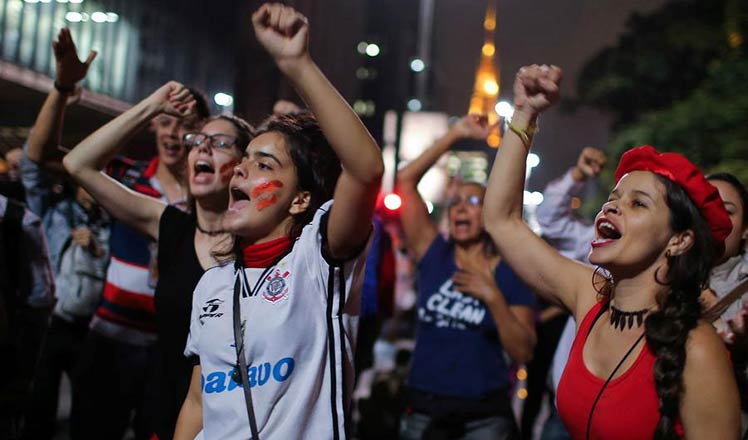
 Supporters of Rousseff clash with police as her removal looms
Supporters of Rousseff clash with police as her removal looms
 Lego opens world's largest store at Shanghai Disney
Lego opens world's largest store at Shanghai Disney
 Exhibition of table setting art held in Beijing
Exhibition of table setting art held in Beijing
Most Viewed
Editor's Picks

|

|

|

|

|

|
Today's Top News
Liang avoids jail in shooting death
China's finance minister addresses ratings downgrade
Duke alumni visit Chinese Embassy
Marriott unlikely to top Anbang offer for Starwood: Observers
Chinese biopharma debuts on Nasdaq
What ends Jeb Bush's White House hopes
Investigation for Nicolas's campaign
Will US-ASEAN meeting be good for region?
US Weekly

|

|







